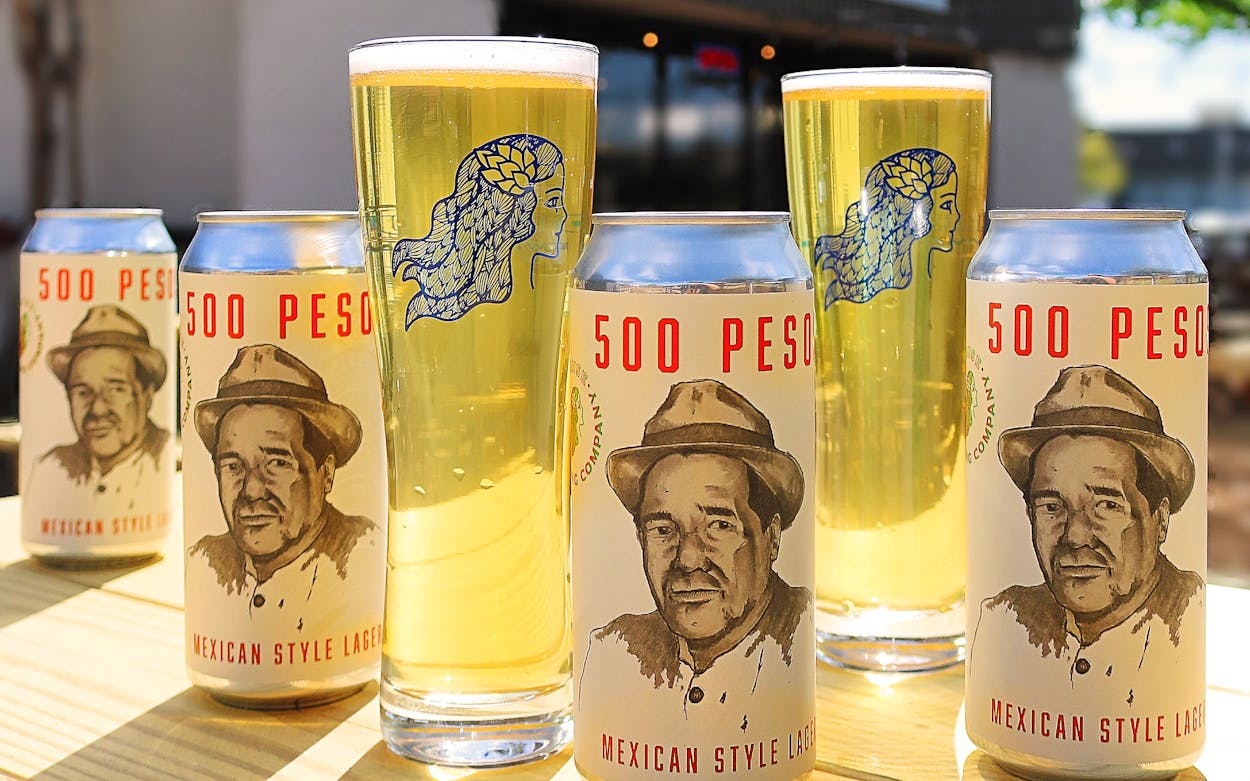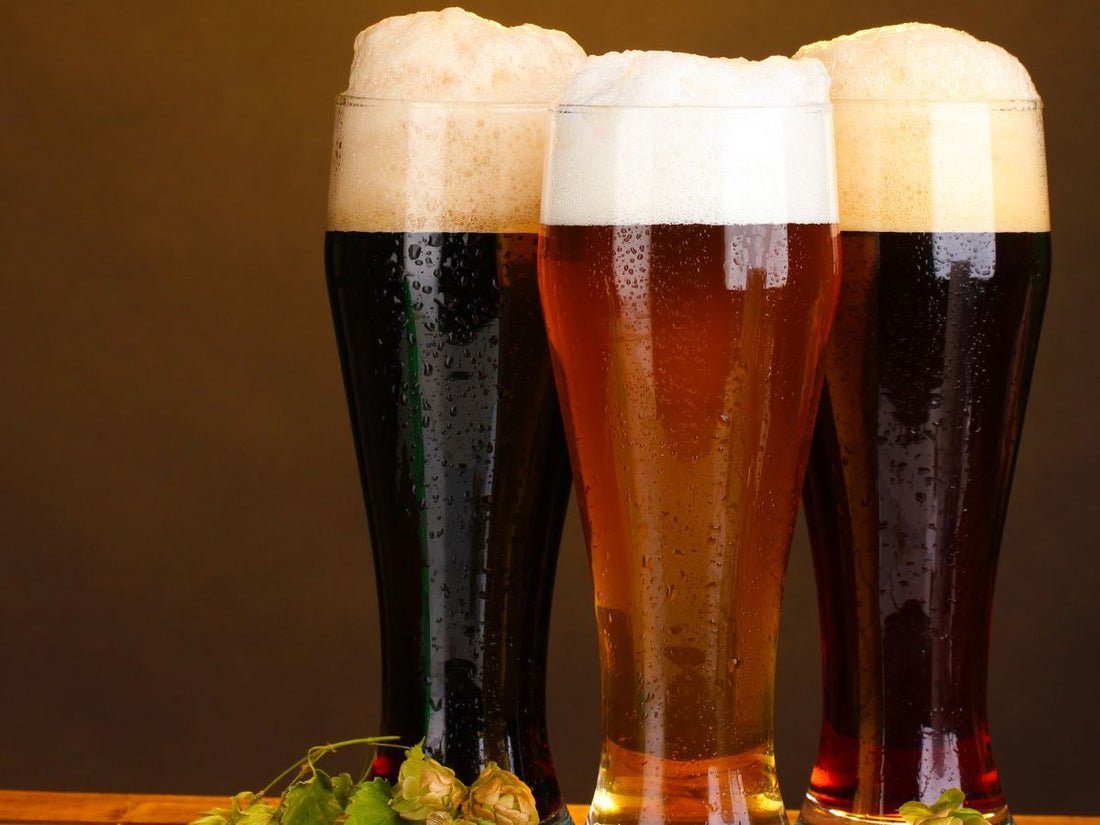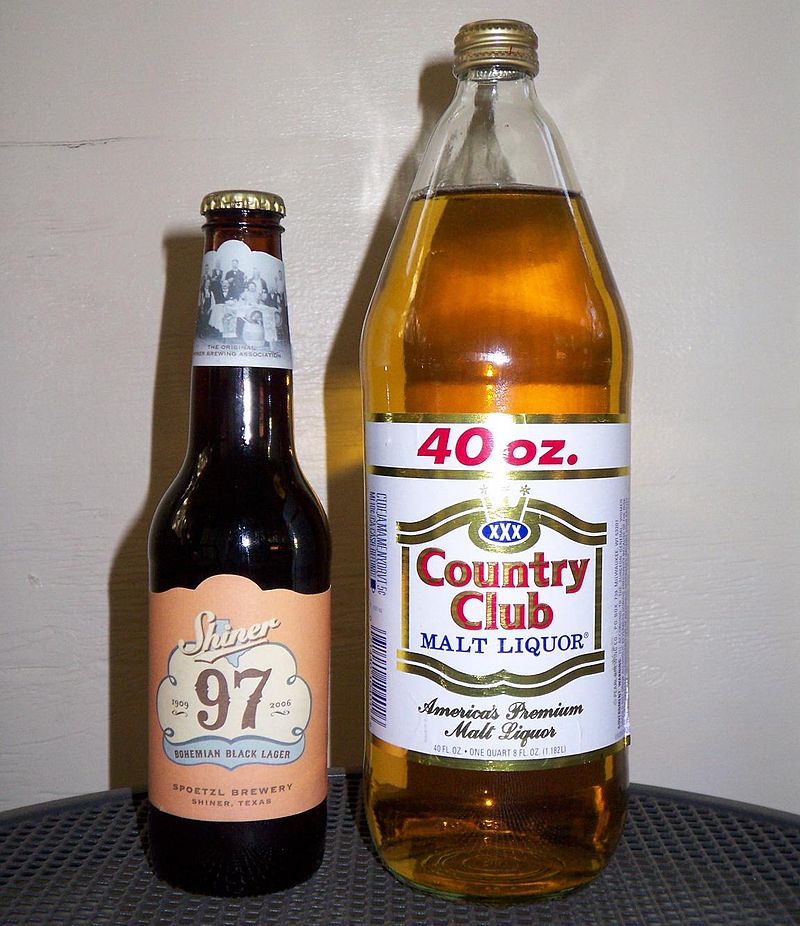Mastering the Craft of Purification: a Deep Dive Into Distillery Traditions
Exploring the elaborate art of distillation reveals a world steeped in classic customs that have formed the spirits we delight in today. From the old origins of purification methods to the contemporary development of distillery devices, each action in the process lugs with it a rich tapestry of history and proficiency. As we dig right into the fragile equilibrium of typical versus modern distilling techniques and uncover the relevance of crucial ingredients, a deeper understanding emerges of the profound influence distillery traditions have on the spirits we savor.
Beginnings of Purification Methods
The development of purification methods has an abundant background that traces back to old worlds. The origins of purification can be linked to early civilizations such as the Mesopotamians, Egyptians, and Greeks. These ancient societies made use of simple distillation approaches for perfumery, medicine, and producing alcohols. The principle of separating components based upon their different boiling points laid the structure for the sophisticated purification processes we have today.
The earliest evidence of purification go back to around 3000 BC in Mesopotamia, where clay pots were made use of to boil down fragrances and fragrant oils. The Egyptians additionally progressed these methods, using distillation for medicinal purposes and embalming practices. The Greeks, especially numbers like Aristotle and Hippocrates, added to the academic understanding of purification.
Gradually, purification infect areas like India, China, and the Middle East, each culture adding its unique touch to the craft. The evolution of distillation strategies proceeded via the Center Ages and the Renaissance, ultimately causing the varied variety of purification procedures utilized in modern-day distilleries worldwide.
Advancement of Distillery Equipment

With innovations in modern technology and a much deeper understanding of the purification process, modern distilleries currently make use of a range of advanced equipment to generate spirits of the finest. Today, distillation equipment consists of column stills, reflux stills, and hybrid stills, each designed to accommodate details distillation needs. These modern stills supply much better temperature law, boosted distillation accuracy, and higher efficiency in dividing alcohol from pollutants.
Along with stills, distilleries currently utilize innovative condensers, fermenters, and filtering systems to further improve the distillate. The evolution of distillery tools remains to play an important role fit the diverse range of spirits readily available out there today.
Conventional Vs. Modern Distilling Practices
In analyzing distilling practices, the comparison between contemporary and traditional techniques reveals considerable developments in efficiency and high quality. Conventional distilling techniques usually include time-honored techniques gave through generations, highlighting craftsmanship and workmanship (Seawall Bar). These methods commonly rely upon copper pot stills and hand-operated processes that call for a high level of ability and experience from the distillers. Conversely, contemporary distilling techniques leverage innovative modern technology and development to simplify production procedures and boost consistency. Automated systems, electronic controls, and cutting edge devices enable modern distilleries to create spirits extra efficiently and with higher precision.
While traditional distilling methods are treasured for their heritage and the special flavors they create, contemporary techniques use benefits in regards to scalability, high quality control, and sustainability. By integrating scientific improvements and contemporary design, distillers can maximize production, decrease waste, and meet the demands of today's market much more successfully. Eventually, the option in between standard and modern-day distilling methods often depends upon the distillery's objectives, worths, and target audience.
Key Components in Purification Refine
Within the craft of purification, the selection of crucial active ingredients plays an important function in establishing the taste account and high quality of the spirits generated. The key ingredients made use of in the purification process are commonly water, yeast, and a fermentable source such as grains, fruits, or sugarcane.
Water is a fundamental element as it not only weakens the alcohol content to a tasty level however also impacts the total mouthfeel and appearance of the spirit. The quality and mineral web content of the water used can dramatically impact the last product.
Yeast is one more important active ingredient that converts the sugars present in the fermentable resource into alcohol with the procedure of fermentation. Different pressures of yeast can produce varying scents and tastes, adding to the one-of-a-kind qualities of the spirit.

Effect of Distillery Traditions on Spirits
The influence of historical distillery customs on spirits extends past the selection of crucial components, forming the extremely essence and personality of the final distilled items (Seawall Bar). These customs, gave with generations, play a crucial duty in defining the unique preference profiles and top qualities that distinguish one spirit from an additional
Distillery traditions incorporate a wide variety of techniques, from the specific methods more helpful hints made use of in distillation to the selection old processes used. As an example, the use of traditional copper pot stills in scotch manufacturing is believed to give particular flavors and attributes that are highly valued by lovers. Similarly, the aging of spirits in oak barrels, a method deeply rooted in distilling customs, adds to the advancement of intricate fragrances and flavors gradually.

Conclusion
To conclude, the practices of investigate this site distillation have a rich background that has actually evolved gradually. From the beginnings of distillation methods to the modern-day techniques, the impact of distillery customs on spirits is obvious. By understanding the essential components in the purification procedure and the advancement of distillery tools, one can appreciate the workmanship and virtuosity that enters into creating top quality spirits. Distillery practices play a crucial function fit the spirits sector and protecting the heritage of purification practices.
Throughout the history of purification, the tools made use of next page in distilleries has actually gone through considerable evolution to enhance efficiency and quality of the purification procedure.With innovations in modern technology and a much deeper understanding of the distillation process, modern-day distilleries currently use a variety of sophisticated tools to generate spirits of the greatest quality. Today, purification tools includes column stills, reflux stills, and hybrid stills, each made to provide to particular distillation demands. From the origins of distillation strategies to the contemporary practices, the influence of distillery customs on spirits is undeniable. Distillery practices play a crucial function in shaping the spirits market and preserving the heritage of purification methods.